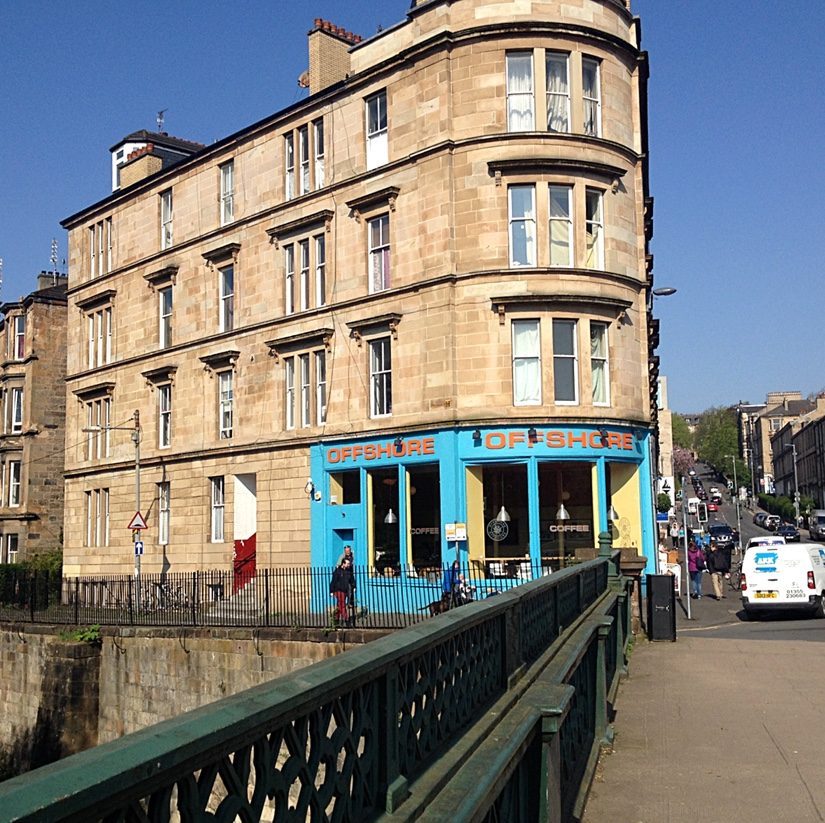Berwick on Tweed Again. November 2018.

Helen Rose Outdoors
Ramblers Weekend
I was last in Berwick on Tweed seven years ago but was limited in walking as it was not long after I had broken my leg. This autumn I went with the Glasgow Ramblers and we had a great weekend with good, sunny and dry weather. It was well organised by Bobby and Ian, who had taken the time to recce all of the walks. Berwick on Tweed is in Northumberland, north east England just over the border from Scotland. The town is surrounded by Elizabethan Walls.
Lowry Trail
We arrived on Friday afternoon and did part of the Lowry Trail. L. S. Lowry is mostly known for industrial paintings portraying with matchstick people. He lived from 1887 – 1976 and painted mostly in Industrial Lancashire. However, he was very fond of Berwick and visited it from the mid-thirties until the summer before he died. He produced more than thirty drawings and paintings of the Berwick area. Copies of his work are displayed on easels at eighteen spots where they would have been painted in the town and surrounding areas. We visited a selection on the walk and it was interesting seeing the scenes he painted particularly the seascapes. On the paintings on land, he introduced his famous matchstick people. Incidentally, where we walked to the end of the pier to see a seascape, on an early morning walk one of our group saw a pod of dolphins playing in the water. They are regularly spotted there but alas none on our walk.
The Cheviot
The next day we set out to climb the Cheviot. It was a lovely sunny day but with a strong gusting wind. The Cheviot is the highest point in Northumberland at 2,676 feet (816 metres) and is only 2 kilometres from the Scottish border. It is the last major peak on the Pennine Way, if travelling from south to north. The Pennine way is 268 miles long starting at Edale in Derbyshire and ending in the north at Kirk Yetholm. The Cheviot walk started in the Harthope Valley and we walked along by the Harthope Burn. The path has become very eroded in parts due to landslides and we crossed the burn at least ten times. Burn crossing is not my strong point and I fell in once and had to walk the rest of the day with wet feet. I should have worn gaiters – I am always wise after the event!
We walked along the valley floor by the burn to almost the head of the valley and then climbed up the hill mostly on paths but steep in parts. The summit of the Cheviot is very flat. It is an ancient, extinct volcano and is covered with an extensive peat bog up to 2 metres deep. The Northumberland National Park authority have laid down stone slabs on the main access footpath to prevent erosion damage to the peat and to make the approach to the summit safer for walkers. We reached the summit but did not hang about in the strong wind. We descended by a different route to make it a circular walk.
St Abbs
On the last day, we headed north in to Scotland just over the border to St. Abbs. St. AEbbe in the 7th century was an Anglian abbess and noblewoman. She was the daughter of AEthelfrith, the King of Bernicia and founded monasteries at Ebchester and St. Abbs. Northumbria was a kingdom of Angles in what is now northern England and south-east Scotland and was initially divided into two kingdoms: Bernicia and Deira. The two were first united by AEthefrith around the year 604. St. Abbs is a lovely little fishing village and we had a coffee there prior to the walk.
St. Abbs and Eyemouth Tragedy
On the morning of 14 October, 1881, the vast majority of the fishing boats on Scotland’s North Sea coast were tied up in port but skippers from Eyemouth, along with fishermen from other nearby ports including St Abbs, ignored the warnings and set out at dawn. By midday, they were in the teeth of a severe storm for which their wooden boats were no match. They fled for the shelter of the port but many never made it. Their vessels either overturned or were dashed on the Hurkar Rocks at the entrance to Eyemouth harbour. Hysterical women and children looked on helplessly as their menfolk were thrown overboard and swallowed up by the sea. To commemorate the tragedy, there is a small bronze sculpture in St. Abbs of the women and children looking forlornly out to sea.
St. Abbs Head
St Abbs is on the coastal path that runs from Berwick on Tweed north to Cockburnspath and is 48 kilometres long with dramatic clifftop scenery. We climbed up from St. Abbs on to the dramatic cliff tops looking out to sea on this circular walk. We looked for dolphins and sea birds but only saw some eider ducks bobbing up and down in the choppy water. Although it was sunny, it was still windy. We walked along the contours of the cliff tops and admired the rock formations. At the lighthouse on St. Abbs Head, we had a break in the sunshine before walking down and around the Mire Loch, through the forest and back to our starting point.
A great weekend and special thanks to Bobby and Ian for arranging it.
Contact me at helenrose52@hotmail.com
This section: Helen Rose Hillwalking Diary
Filed under: Helen Rose Hillwalking Diary
Related Pages
- Helen Rose’s Outdoor Diary: Arran Revisited
- Oban Islands. June 2024
- Helen Rose’s Outdoor Diary: Donegal, St Patrick’s Day
- Helen Rose, Outdoor Diary: Glen Nevis
- John Muir Way. Part 1.
- Helen Rose’s Outdoor Diary: Water of Leith Part 2.
- Helen Rose’s Outdoor Diary, Hampshire
- Helen Rose: Outdoor Diary – Langholm.
- Helen Rose’s Outdoor Diary: West Island Way Completed
- Helen Rose’s Outdoor Diary: East Neuk, Fife
- Helen Rose’s Outdoor Diary, Moray Coast and Cullen.
- Helen Rose’s Outdoor Diary: Ayr. Dunure Walk and Horse Races
- Helen Rose Outdoor Diary, Whitby.
- Helen Rose Outdoors Diary: New York Again.
- Helen Rose Outdoors Diary: Kinlochleven.
- Helen Rose’s Outdoor Diary: Dumbarton Rock and Castle
- Helen Rose’s Outdoor Diary: Neilston to Darnley
- Helen Rose’s Outdoor Diary: Dram Walk
- Helen Rose’s Outdoor Diary: Inverkip
- Helen Rose Outdoor Diary: Kincraig









Leave a Reply
You must be logged in to post a comment.